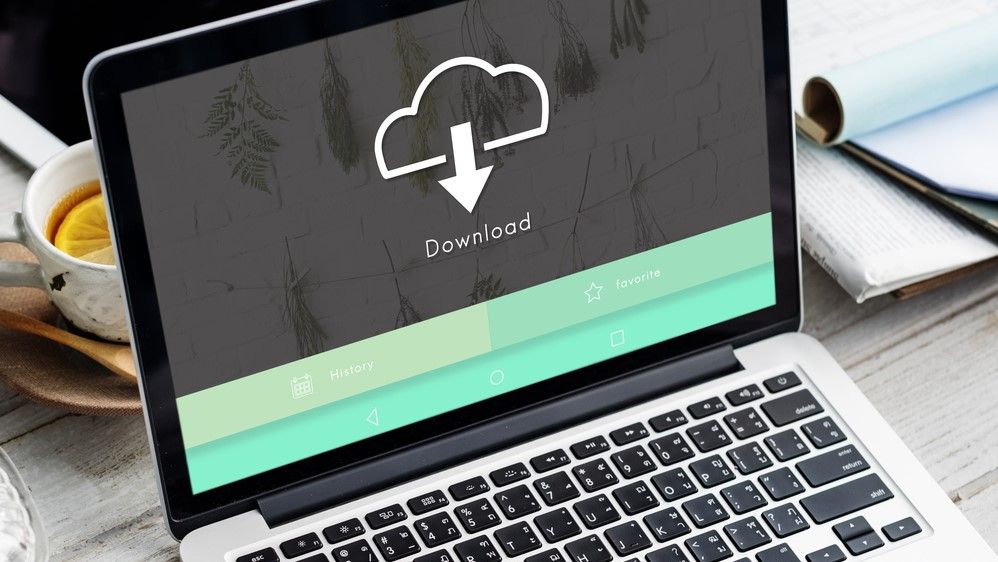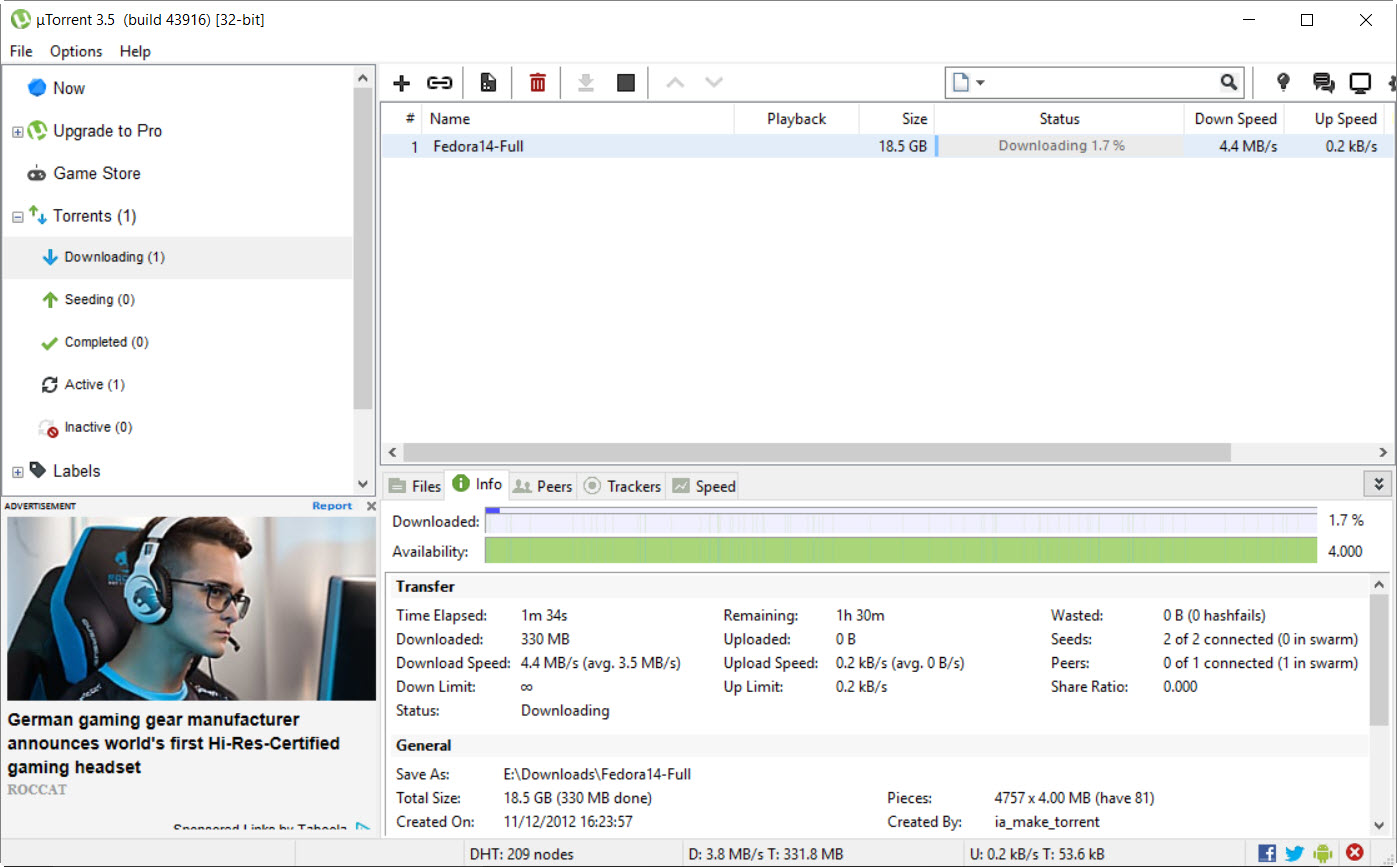Volumes and Paths

There are two common problems with Docker volumes: Paths that differ between the Sonarr and download client container and paths that prevent fast moves and hard links.
The first is a problem because the download client will report a download's path as /torrents/My.Series.S01E01/, but in the Sonarr container that might be at/downloads/My.Series.S01E01/. The second is a performance issue and causes problems for seeding torrents. Both problems can be solved with well planned, consistent paths.
Most Docker images suggest paths like /tv and /downloads. This causes slow moves and doesn't allow hard links because theyare considered two different file systems inside the container. Some also recommend paths for the download client container that are different from the Sonarr container, like /torrents.
The best solution is to use a single, common volume inside the containers, such as /data.Your TV shows would be in /data/TV, torrents in /data/downloads/torrents and/or usenet downloads in /data/downloads/usenet.
To deal with cleanup, enable Remove under Completed and Failed Download Handler in Sonarr and set your per-indexer seed time/ratio goals. Since you're not using this torrent client for seeding, something like 1 minute and 0.1 ratio would be reasonable. In your torrent client, set torrents to pause when their. The first is a problem because the download client will report a download's path as /torrents/My.Series.S01E01/, but in the Sonarr container that might be at /downloads/My.Series.S01E01/. The second is a performance issue and causes problems for seeding torrents. Both problems can be solved with well planned, consistent paths.

If this advice is not followed, you may have to configure a Remote Path Mapping in the Sonarr web UI (Settings › Download Clients).
It is an automatic Video Library Manager and keeps looking for new episodes of your favorite shows on torrent/nzb. As soon as they available you can download, and process at the qualities you want. If you are a user of Usenet and BitTorrent then Sonarr is a PVR for you. It is the most popular P2P client available for Windows operating system.
Ownership and Permissions
Permissions and ownership of files is one of the most common problems for Sonarr users, both inside and outside Docker. Most images have environment variables that can be used to overridethe default user, group and umask, you should decide this before setting up all of your containers.The recommendation is to use a common group for all related containers so that each container can use the shared group permissions to read and write files on the mounted volumes.
Keep in mind that Sonarr will need read and write to the download folders as well as the final folders.
For a more detailed explanation of these issues, see The Best Docker Setup and Docker Guide wiki article.
Sonarr Download Client Setup
Best Torrent Client: The only way to keep yourself safe and unidentified when torrenting is to use a VPN. A VPN encrypts all your internet activity and passes it through a secure subway so that no one can see what you’re reading or load– not even your ISP or the VPN function itself. One click and you’re safeguarded. This also allows you to ameliorate sites like The Pirate Bay, or access foreign versions of Netflix.
The best VPN service conforming to our tests is ExpressVPN which completely costs just $6.67 per month and has a risk-free 30-day money back guarantee.Is there still a need for downpour clients? Streaming podium are fantastic for listening all forms of media and cloud providers make dispatching files a breeze. But many communities still rely on torrents for receiving content and files with friends and fans all over the world.
The Best Free Torrent Client 2020
Best Torrent Client 2019
No matter which podium you use, your computer’s operating system doesn’t recognize torrent files by delinquency. That’s why you need a positive torrent client that associate you to other P2P users and lets you load files. However, what’s the best torrent client today? Which torrent client will give you the rapidest download speed while giving you plenty of customization opportunities? Well, we have the answer to thesemystery– and we have a series of recommendations for the best torrent clients in 2019.
Best Torrent Client Sonarr
Before we get started, we’d like to take this freedom to tell you a few prominent things. First of all, you already know that P2P is blocked in certain countries and many ISPs throttle your Web attachment when they detect you using a downpour client. So, before you go ahead and download from The Pirate Bay, make sure to take all careful measures. In extension, make sure that you’re using your new downpour client in the best way possible.
That’s why we also advocate our article on the 15 best torrent sites right now. We know that you can’t wait to get started, so let’s jump to what you truly want to know.Many of you will be startled to know that your cyberspace browsing is fully visible by ISPs (Internet Service Providers). These companies have the power to collect your personal data and hand it over to third parties. Therefore, it’s imperative to keep your data protected and unattainable to anyone who tries to collect it. This is principally important if you plan on downloading and sharing torrent files.
Best Torrent Client Reddit
Torrenting is legal, right? Right. So it’s completely safe to download the first torrent or P2P client you find and start seeding immediately? Wrong.
While torrenting itself isn’t illegal, it is easy to fall into all sorts of traps. From accidentally downloading copyrighted material to giving hackers access to your device, torrenting can be a dangerous business. To torrent safely, the first thing you need to do is find a trustworthy P2P client. The second thing you need to do is download a VPN.
A VPN will hide your location and torrent history to safeguard you against any legal issues, as well as from hackers. Using a VPN in conjunction with a good torrent client is the only way you can guarantee safety while torrenting. With that in mind, we’re looking at the best torrent and P2P clients that are safe to use with a VPN.
When torrenting any kind of file, you cannot always be sure of what you’re downloading. Since torrent files are unregulated, it’s incredibly easy for hackers to hide malware in mislabeled files or software bundles.
When you download these files, the malware automatically installs itself on your device. Depending on the type of malware, this can lead to annoying pop-up ads, bloatware cluttering your CPU, or spyware that gives hackers complete access to your sensitive data.
Using a trusted and safe torrent client will go some way to guarding you against these threats. Some clients have paid-for premium versions that offer built-in virus protection. Others will make sure to screen any advertising displayed within the client.
It can be a good idea to look out for an open source client, as these don’t rely on making money through advertising — meaning no annoying or potentially dangerous ads at all.
Best Torrent Client For Mac
Unlike downloading files in your browser, BitTorrent downloads usually require a separate program, called a torrent client, to grab that sweet, sweet data. But with so many clients out there, picking one to use can feel a little overwhelming.
We’ve got you covered. These days, most torrent clients are pretty similar in terms of features. The biggest differences come from the interface—that is, the look and organization of the main window—and little quirks that affect specific setups. As such, it’s hard to recommend one client for everybody, as one person may have great experiences with a certain client while another has a small quibble that they just can’t work around. So if you’re just starting out, don’t fret too much—just pick one and try it out. As you get deeper and deeper into BitTorrent tech, you may have to do a bit of experimenting for yourself to figure out which one plays nicest with your setup.
In addition, keep in mind that no matter what torrent client you use, you’ll want a trustworthy VPN to keep your activity hidden from prying eyes, especially if it’s not quite legit. Note that PCMag does not condone piracy, which for which BitTorrent is often used. If you use BitTorrent for nefarious purposes, you do so at your own risk. In addition to a VPN, you should also a good malware scanner to ensure you aren’t downloading something nefarious. For more BitTorrent tips, check out our primer on how to use BitTorrent.
Sonarr Utorrent Setup
Best Bit Torrent Client
BitTorrent, the company that created the BitTorrent protocol, designed it with the aim of making it easy to distribute large amounts of data effectively. The peer-to-peer (P2P) technology enables each person downloading the data also to serve that data to others (a process called “seeding”). This drastically reduces the load on a single server and has many uses aside from downloading pirated material.
So really, BitTorrent is merely a protocol—a tool that, in and of itself, is not at all illegal. It’s what you do with it that matters, just like owning a hammer isn’t illegal, but hitting someone over the head with it is. If you’re considering downloading copyrighted content, that’s illegal.
But there are also great legal uses for BitTorrent, too. A lot of software distributors—particular those that distribute the various versions of Linux—use BitTorrent to do so. You can even use BitTorrent yourself to more easily share large files with friends and family around the world.
Best Torrent Client Mac
Some torrent clients offer every conceivable function. Others keep things as simple as possible. qBittorrent sits right in the middle, aiming to “meet the needs of most users while using as little CPU and memory as possible”.
It boasts an integrated torrent search engine, media player, encryption, prioritisation of torrents and the files within those torrents, IP filtering and torrent creation, and it’s the closest open source, junk-free equivalent to uTorrent.
If you’re looking for a cross-platform torrent client that covers the essentials without getting overly complicated, qBittorrent is great.
QBittorrent is also widely supportive of modern operating systems. You can download and run it on Windows, MacOS, Linux, OS/2, and FreeBSD, among others, and it has support for more than 70 different languages.
One of its most popular features is the built-in search tool. It requires a little bit of setup to make sure that you’re complying with local laws, but once it’s there you don’t need to visit any of the torrent sites you would typically use to find your downloads. That has the benefit of potentially skipping over a website that may or may not have been infected with malware or have nefarious money-generating practices like cryptojacking.